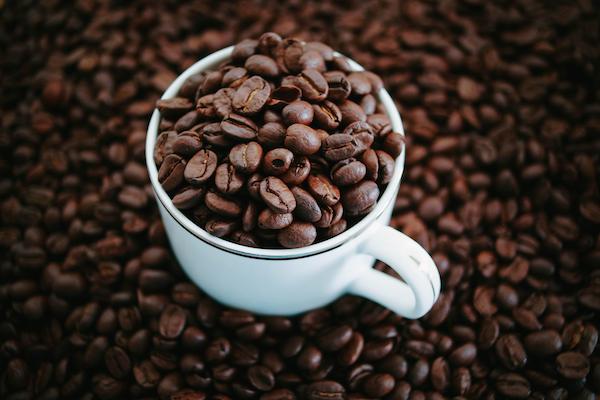
[Image above] After brewing a delicious cup of joe, where do those used grounds go? Credit: Song Zhen; Flickr CC BY-NC-ND 2.0
Designer and engineer Francesco Pacelli is making ceramics “to eat”—not to consume literally, but to eat in a reduce-reuse-recycle sort of way.
Pacelli—a graduate of Italy’s largest technical university, The Polytechnic University of Milan—participated in a project designed to explore potential new directions for future ceramics based on four themes: to like, to sleep, to walk, or to eat.
To explore the food-centric theme, Pacelli experimented by mixing clay with various food wastes, including paper food packaging, dried fruit peels, dried vegetables, and coffee grounds. His idea was to reuse food waste with minimal processing steps required.
(Reuse of food waste has been a popular theme recently—the August issue of the ACerS Bulletin featured a cover story about making glass also from food waste. Download the free article here.)
But, because his idea was to ultimately print the ceramics through a nozzle on a 3D printer, he had to first ground each material (with the exception of already-ground coffee grounds) so that it could pass through the printer nozzle.
Coffee grounds printed most easily, Pacelli says. “I obtained a more accurate mixture with coffee/clay material than with simple clay, because the coffee made the material less gluey, and, moreover, the sequential layers are less influenced by the nozzle’s passage.”
Watch this short video to see the printing in action.
https://www.youtube.com/watch?v=WqaNquQEwEg
Credit: Francesco Pacelli; Youtube
After printing, the ceramics were kiln-fired at above 1000°C to burn off the organic material, leaving fine pores. The resulting dried and hardened ceramics are much lighter than conventional ceramics, making them really useful “where you need thermal resistance and lightness,” Pacelli says.
And with worldwide coffee bean production at 8.46 million metric tons in 2011, according to the UN Food & Agriculture Organisation, this reuse could be a welcome one. Other research groups also have previously shown that spent grounds can have other uses, such as for biodiesel fuel.
Pacelli and colleagues at Polytechnic University of Milan recently opened a university 3D printing lab called +LAB, where researchers can blend design and engineering knowledge to conduct research on 3D printing (an industry that is poised to reach $3.7 billion by 2015!).
Author
April Gocha
CTT Categories
- Art & Archaeology
- Biomaterials & Medical
- Environment
- Material Innovations
- Weekly Column: “Other materials”
Related Posts
Other materials stories that may be of interest for December 17, 2025
December 17, 2025
Celebrating the US Semiquincentennial: Ohio Creativity Trail
December 16, 2025




